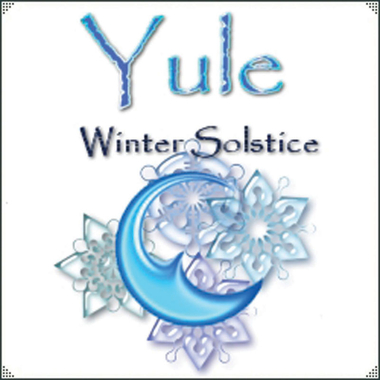Winter Solstice: A Pagan Tradition

by Deanna Broadston
Guest Contributor
Pretend, if you will, that you and your entire family along with many of your precious farm animals all live together in a mud and waddle hut with a thatch roof. It is winter, and the days shorten. You and your family have done all you know to do to prepare for the harsh realities of this time.
Fruits and vegetables have been picked, some dried in the sun, some stored in cellar-like holes. Grains have been harvested and thrashed and are stored in great earthenware crocks; some of the grains have been ground for immediate use.
The meat has been hunted; the skins set aside for other use, the meats have been dried, cured, or smoked. What meat couldn’t be preserved was cooked and eaten at the Samhain celebration. But today is cold, the day short and the night long. It is the Winter Solstice. It is a night of celebration.
The Celts centered their celebration on the idea that the Ivy King (winter) is dying and the Oak King (summer) is being born. The sun, at its lowest point on the horizon, will rise a bit higher tomorrow and the day will be longer. Although this is only the mid-point of winter and the worst is yet to come, folks gather to celebrate the promise of spring.
Yule was (and still is) celebrated in many areas of Northern Europe and the British Isles in many different ways. The main thing all these customs have in common is the feasting, drinking and merrymaking of the season.
If there is a recurring theme among all the different Pagan* beliefs and celebrations of Yule, it is the theme of rejuvenation, rebirth, hope and promise as the sun climbs higher in the east and the days get longer.
There is much ado about Christians “stealing” Yule and making it their Christmas. I think it is pretty much agreed that the Jewish boy who became the Christ was born in the spring.
The Christians were not stupid; they knew it is easier to convert a person if you let them keep some of their traditions and celebrations and slowly rename their gods and their holidays.
Pagans do not celebrate the birth of Christ. We do however celebrate, in our own ways, some of his teachings: peace, love, joy, sharing and taking care of each other and the earth. So, in this season, let us all celebrate, as we believe, by keeping the promise of the returning sun and better days ahead.
*Pagan is an “umbrella” term for non-earth based religions or practices.
Copyright The Gayly 12/24/2017 @ 1:43 a.m.





